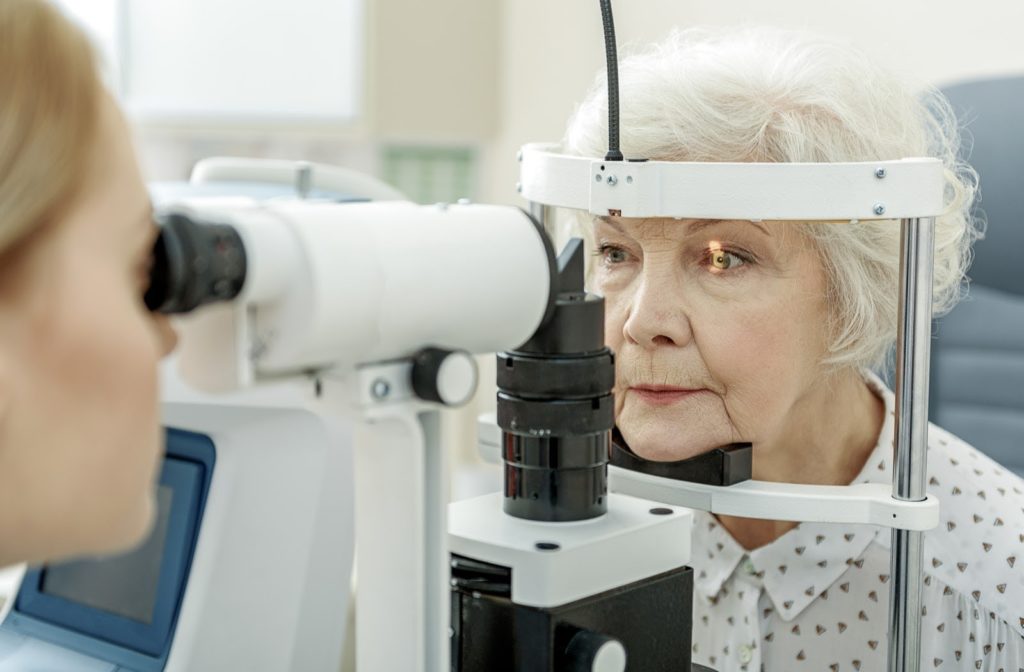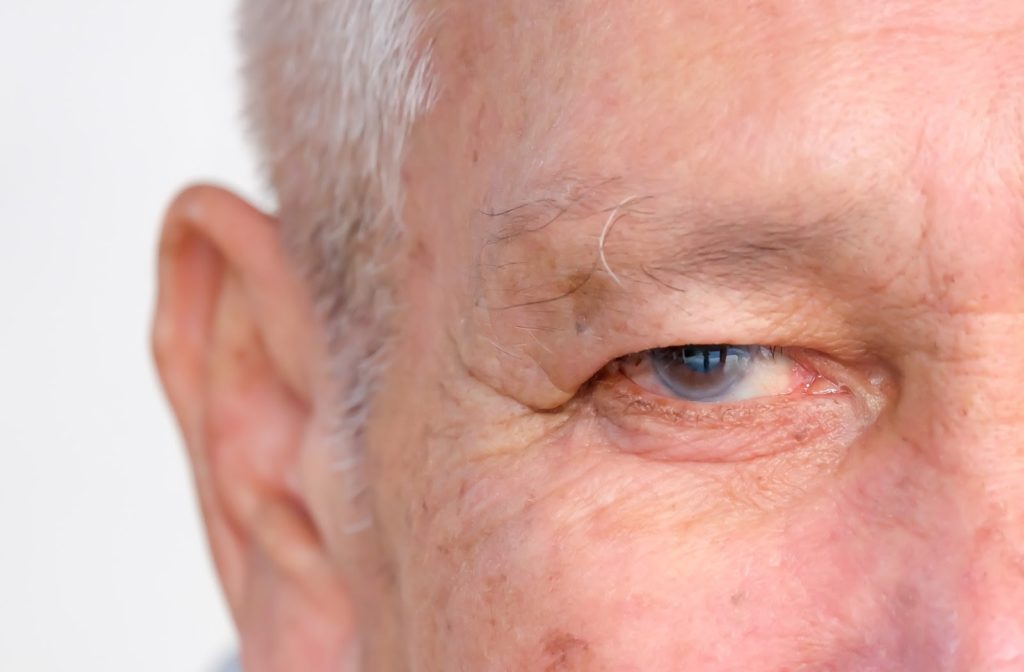The Silent Thief of Sight
Glaucoma is a group of eye diseases resulting from fluid drainage issues in the eye. This presence of excess fluid, known as aqueous humour, may lead to dangerous consequences. This condition causes progressive damage to the optic nerve, leading to vision loss that cannot be recovered.
Glaucoma is often referred to as “the silent thief of sight” because it develops gradually, and typically presents with no warning symptoms. As a result, most patients don’t notice a difference in vision until the advanced stage, when extensive damage has already occurred.
Glaucoma generally presents in older adults, and it’s one of the leading causes of vision loss in patients over 60. However, there have been instances of glaucoma in younger people.
There are several types of glaucoma, primarily associated with high intraocular pressure (IOP), but it’s important to note that glaucoma can occur even when your IOP is within normal limits.
Protecting Your Vision
EyeZone Nevada works tirelessly for our patients with glaucoma to help manage their condition, and it’s heartening that careful treatment can aid in maintaining strong, healthy eyesight.
It may be concerning to hear about an eye disease that progresses without symptoms, but thankfully, there are several steps you can take to prevent the onset of glaucoma.
Our team is choosing to focus on prevention to preserve our patient’s eye health from glaucoma, so read on for steps you can take to help protect your vision.

The Keys to Prevention
These tips on glaucoma prevention can help you detect this condition in the earliest stages, thereby slowing its progression and aiding in preventing vision loss.
Regular Eye Exams
The American Optometric Association (AOA) recommends an eye exam every two years between 18 and 64, but we recommend undergoing annual eye exams. If you have a family history of glaucoma or diabetes, our optometrists may recommend a more frequent eye exam schedule.
Routine eye exams are the key to detecting glaucoma in its early stages. A comprehensive eye exam includes five standard tests to help detect glaucoma:
- Tonometry: Determines inner eye pressure
- Ophthalmoscopy: Determines the shape and color of the optic nerve
- Perimetry: Determines the patient’s field of vision
- Gonioscopy: Determines the angle where the iris meets the cornea
- Pachymetry: Determines the thickness of the cornea
Using advanced diagnostic technology, optometrists work hard to find signs of glaucoma in its earliest stages, then offer swift treatment that can prevent further damage and save your vision.
Being Aware of Your Family’s Health History
Primary open-angle glaucoma is hereditary, and it is the most common type of glaucoma. If your immediate family members have glaucoma, you are at a much higher risk of developing this condition. In addition, family history increases the risk of glaucoma four to nine times.
If you are at an increased risk of developing glaucoma, you can prevent damage to your vision by attending more frequent screenings with your optometrist.
Exercise
It’s time to bust out those running shoes! Unfortunately, fewer than 5% of American adults get the recommended 30 minutes of physical activity a day and are missing out on the health benefits of exercise, including its effects on glaucoma prevention.
Studies have shown that moderate exercise on a regular schedule can help control intraocular pressure (IOP), reducing the risk of developing glaucoma by upwards of 40% or more. In addition, experts have suggested that cardiac health plays a vital role in the development of glaucoma.
It’s important to note that patients with cardiac health issues should consult with their doctors about an appropriate exercise routine.
Glaucoma Eye Drops
Studies have shown that drops used to treat elevated pressure inside the eye can effectively delay the onset of primary open-angle glaucoma. In addition, eye drops used in managing glaucoma can decrease eye pressure by helping the fluid drain better or reducing the eye’s amount of fluid.
For our patients with elevated IOP, prescription eye drops can work to prevent glaucoma progression. However, they must be taken consistently. There is a small chance of developing side effects from glaucoma eye drops, like:
- Stinging eyes
- Itchy eyes
- Burning eyes
- Red eyes
- Blurred vision
- Changes to eye color or the skin around the eyes
- Headaches
Glaucoma eye drops help lower intraocular pressure, which aids in preventing the onset of glaucoma or minimizing the damage if conditions are already present.
Eye Protection
Serious eye injuries can result in:
- Secondary glaucoma: A form of glaucoma with an identifiable cause of increased eye pressure, which results in optic nerve damage and vision loss.
- Traumatic glaucoma: A form of glaucoma caused by an eye injury. This condition can occur immediately after an injury to the eye, or years later.
Proper eye protection is essential If you’re playing sports, making home improvements, or working in a hazardous area. Experts say 90% of all eye emergencies are preventable by wearing appropriate protection.
Keep a Healthy Routine
Regular comprehensive eye exams are always the best form of prevention from glaucoma damage or other eye diseases. If detected in the early stages, vision loss from glaucoma can be prevented by working hand-in-hand with your team of experienced optometrists.


